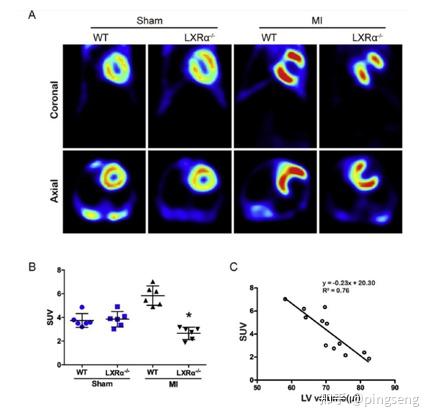CT Scan vs PET Scan: Understanding the Differences and Choosing the Right Test for You
Guide or Summary:What is a Computed Tomography (CT) Scan?What is a Positron Emission Tomography (PET) Scan?Differences Between CT and PET ScansAdvantages of……
Guide or Summary:
- What is a Computed Tomography (CT) Scan?
- What is a Positron Emission Tomography (PET) Scan?
- Differences Between CT and PET Scans
- Advantages of CT Scans
- Advantages of PET Scans
- When to Choose a CT Scan
- When to Choose a PET Scan
When it comes to medical imaging, the choice between a Computed Tomography (CT) scan and a Positron Emission Tomography (PET) scan can be confusing. Both imaging techniques offer invaluable insights into the body's internal structures and functions. However, the decision to opt for a CT scan or a PET scan can depend on the specific medical condition being investigated, the patient's age, and the presence of any underlying health issues. In this article, we delve into the intricacies of CT vs PET scans, highlighting their differences, advantages, and the scenarios in which each is most appropriate.
What is a Computed Tomography (CT) Scan?
A CT scan is a non-invasive imaging procedure that uses X-rays and computer technology to create detailed cross-sectional images of the body's internal organs. It is a widely used diagnostic tool that can reveal abnormalities such as tumors, fractures, and infections. CT scans are particularly useful for imaging the chest, abdomen, and brain.
What is a Positron Emission Tomography (PET) Scan?
On the other hand, a PET scan is a nuclear medicine imaging technique that uses a radioactive substance, known as a tracer, to observe how organs and tissues function. During a PET scan, the patient inhales, injects, or swallows the tracer, which is then metabolized by the body's cells. The PET scan then detects these metabolic processes and generates images that highlight areas of increased activity, such as tumors or areas of infection.

Differences Between CT and PET Scans
One of the primary differences between CT and PET scans lies in their imaging principles. CT scans use X-rays to create detailed images of the body's internal structures, while PET scans focus on the body's metabolic processes. This fundamental difference means that CT scans are better suited for anatomical imaging, whereas PET scans excel at functional imaging.
Another significant difference between the two imaging modalities is their use of contrast agents. CT scans often require the use of an iodine-based contrast agent to enhance image contrast, particularly in cases where soft tissue structures need to be visualized. In contrast, PET scans do not typically use contrast agents, as the tracer itself provides the necessary contrast.
Advantages of CT Scans
CT scans offer several advantages over other imaging techniques. They provide high-resolution images that can reveal detailed information about the body's internal structures. This makes CT scans particularly useful for diagnosing conditions such as fractures, tumors, and infections. Additionally, CT scans are relatively quick and non-invasive, making them a popular choice for patients who require immediate diagnostic results.
Advantages of PET Scans
PET scans, on the other hand, offer unique advantages that make them invaluable in certain medical scenarios. Their ability to visualize the body's metabolic processes allows for the detection of abnormalities that may be missed by other imaging techniques. This makes PET scans particularly useful for diagnosing conditions such as cancer, Alzheimer's disease, and heart disease. Additionally, PET scans can provide information about the extent and stage of a disease, which is crucial for developing an effective treatment plan.
When to Choose a CT Scan
CT scans are often the preferred choice for imaging the chest, abdomen, and brain. They are particularly useful in cases where the primary goal is to identify anatomical abnormalities. For example, a CT scan may be recommended for a patient experiencing chest pain to rule out conditions such as pneumonia or lung cancer.
When to Choose a PET Scan
PET scans are often the preferred choice for functional imaging. They are particularly useful in cases where the primary goal is to identify metabolic abnormalities. For example, a PET scan may be recommended for a patient suspected of having cancer to determine the extent of the disease and identify areas of high metabolic activity.

In conclusion, the decision to choose between a CT scan and a PET scan depends on the specific medical condition being investigated and the patient's individual needs. By understanding the differences between these two imaging modalities, patients and healthcare providers can make informed decisions about which test is most appropriate for each situation. Whether you are dealing with a simple fracture or a complex case of cancer, the right imaging test can provide invaluable insights into your health and well-being.